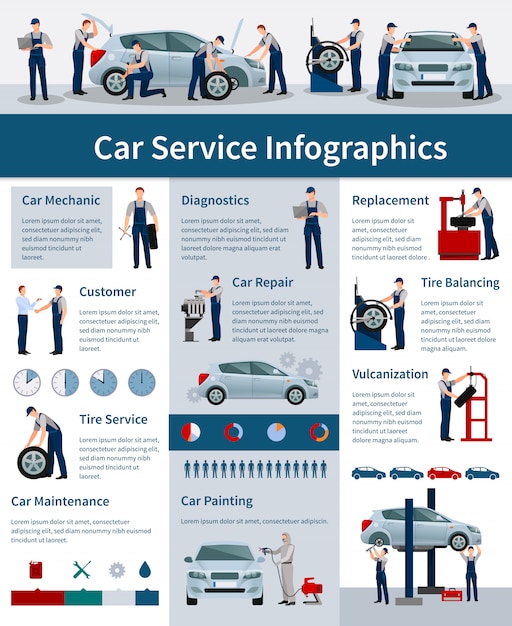Recognizing Your Car'S Caution Lights: What Do They Truly Mean?
Recognizing Your Car'S Caution Lights: What Do They Truly Mean?
Blog Article
Article Produced By-Lauritsen Stark
When you lag the wheel, those radiant warning lights on your dashboard can be a little bit bewildering. Do you know what they're attempting to tell you about your vehicle's health and wellness? Recognizing the relevance of these lights is essential for your safety and security and the long life of your car. So, the next time one of those lights pops up, wouldn't you wish to decipher its message properly and take the necessary actions to resolve it?
Common Warning Lights and Interpretations
Recognize common caution lights in your cars and truck and understand their definitions to make sure secure driving.
One of the most typical caution lights include the check engine light, which signals problems with the engine or exhausts system. If this light comes on, it's vital to have your automobile inspected promptly.
The oil pressure advising light shows reduced oil stress, needing instant attention to avoid engine damages.
cargroomingagaucklandinternationalairport blinking battery light could suggest a faulty billing system, possibly leaving you stranded otherwise attended to.
The tire stress surveillance system (TPMS) light notifies you to low tire pressure, influencing car stability and gas efficiency. Disregarding this could lead to risky driving problems.
The abdominal light indicates a problem with the anti-lock braking system, endangering your ability to stop quickly in emergency situations.
Finally, the coolant temperature cautioning light warns of engine getting too hot, which can cause severe damage otherwise solved swiftly.
Recognizing these typical warning lights will certainly assist you deal with problems immediately and maintain risk-free driving conditions.
Significance of Prompt Interest
Comprehending the common caution lights in your vehicle is just the primary step; the significance of immediately resolving these warnings can't be stressed sufficient to guarantee your safety on the road.
When a caution light illuminates on your dashboard, it's your auto's way of interacting a prospective concern that requires attention. Ignoring these cautions can bring about much more serious problems later on, compromising your safety and possibly costing you much more out of commission.
Motivate attention to cautioning lights can protect against break downs and crashes. For example, a flashing check engine light might indicate a misfire that, if left neglected, might trigger damages to the catalytic converter. Addressing this quickly can conserve you from an expensive fixing.
Similarly, visit this link alerting light may indicate low brake fluid or worn brake pads, essential elements for your safety and security when driving.
DIY Troubleshooting Tips
If you observe a caution light on your dashboard, there are a couple of DIY fixing pointers you can attempt prior to looking for expert aid.
The primary step is to consult your cars and truck's handbook to recognize what the particular caution light suggests. Often the issue can be as basic as a loose gas cap activating the check engine light. Tightening the gas cap might fix the trouble.
An additional common problem is a low battery, which can set off numerous cautioning lights. Examining the battery connections for rust and ensuring they're safe may deal with the trouble.
If a caution light lingers, you can attempt resetting it by disconnecting the automobile's battery for a few mins and afterwards reconnecting it. In addition, inspecting your automobile's liquid levels, such as oil, coolant, and brake fluid, can assist fix cautioning lights related to these systems.
Verdict
In conclusion, understanding your vehicle's caution lights is essential for maintaining your vehicle running efficiently and safely. By immediately resolving these informs and knowing what they imply, you can prevent pricey repair services and possible malfunctions.
Remember to consult your auto's manual for specific information on each advising light and take action as necessary to guarantee a trouble-free driving experience.
Stay educated, remain safe on the road!
